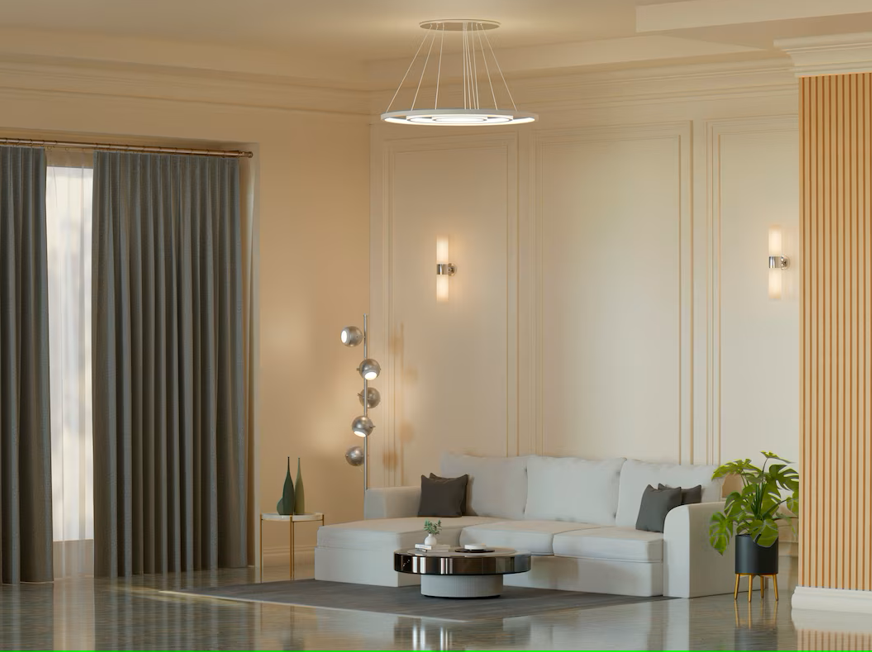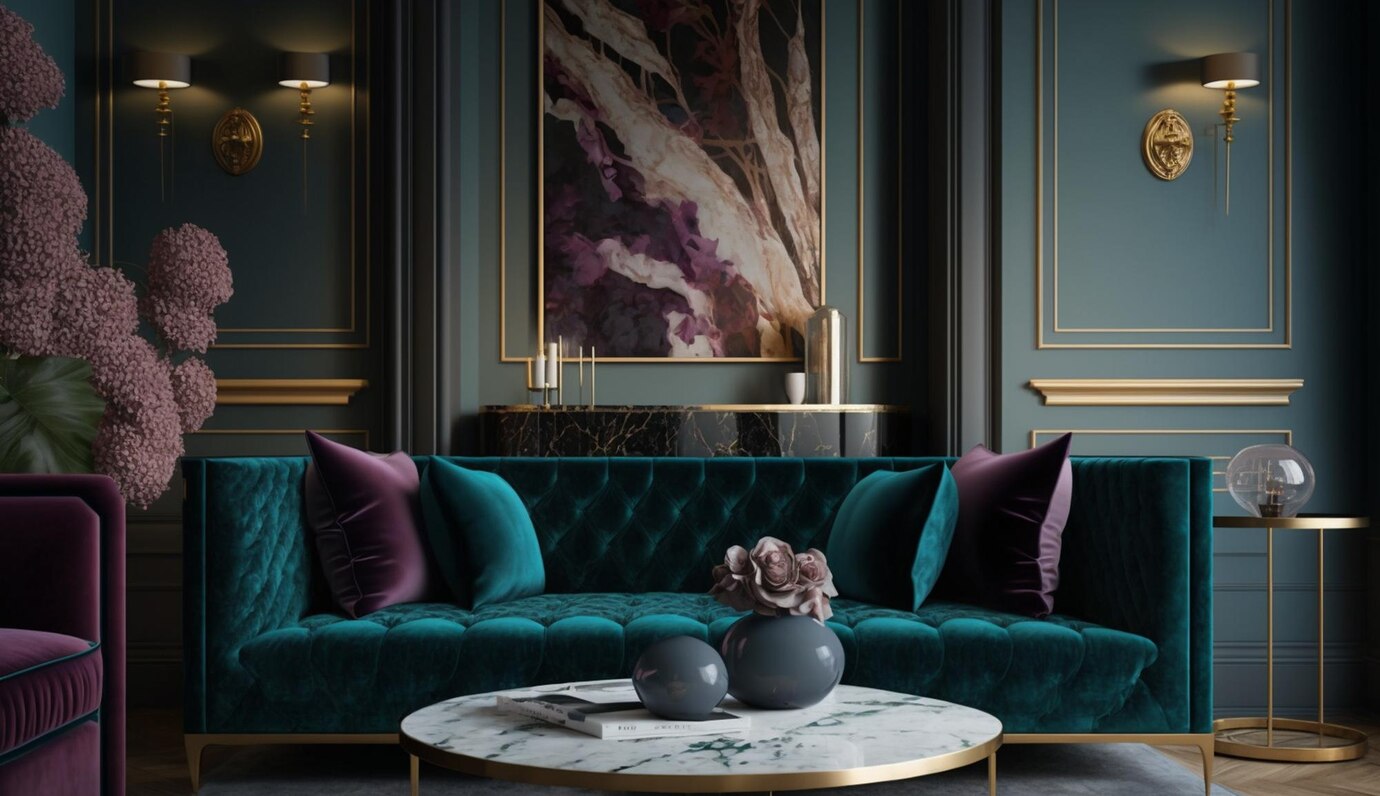From Concept to Completion: The Interior Design Process with Interior Designers in Chennai
Interior design is more than just arranging furniture or choosing color schemes. It is a holistic approach to creating spaces that reflect functionality, beauty, and comfort. In bustling cities like Chennai, where both tradition and modernity coexist, interior designers play a pivotal role in transforming a space into something truly unique. The process of interior design involves several stages, each crucial to ensuring the final result is a harmonious blend of creativity and practicality. Here’s a look at the journey from concept to completion when working with interior designers in Chennai.
1. Understanding Client Needs and Initial Consultation
The first step in the interior design process is understanding the client’s needs, preferences, and lifestyle. The client may have specific ideas about how they want their space to feel, but it is the interior designer’s job to translate those ideas into a tangible design plan. During the initial consultation, the interior designers in Chennai take time to understand the functional requirements, aesthetic preferences, budget, and timeline of the project.
This phase may involve discussing color schemes, materials, furniture styles, lighting, and layout preferences. The designers will also take into account the architecture of the space, the surrounding environment, and any cultural influences that may be relevant to the project. For instance, Chennai’s rich cultural heritage can inspire the use of traditional design elements, such as wooden carvings or brass fixtures, blended seamlessly with modern design features.
2. Space Planning and Concept Development
Once the designer understands the client’s vision, the next step is space planning and conceptualization. This involves creating a layout that optimizes the use of space while maintaining the desired flow and functionality. Interior designers in Chennai pay particular attention to ensuring that the space works for the intended purpose, whether it’s a home, office, or commercial establishment.
Space planning includes determining the ideal furniture arrangement, creating zones for various activities, and ensuring adequate circulation space. The concept development phase is where the designer presents a mood board or initial sketches to the client. This phase is essential for establishing the visual direction of the project. The concept is refined based on feedback, and decisions on color palettes, textures, finishes, and materials are made.
3. Design Presentation and Material Selection
After the initial concept is approved, the interior designers in Chennai move on to the design presentation phase. This step involves showcasing detailed floor plans, 3D renderings, and mood boards to give the client a clear understanding of how the finished space will look. This is where the client’s input is crucial, as they will have the opportunity to make adjustments before finalizing the design.
One of the most exciting parts of the process is material selection. Whether it’s choosing the perfect wood for furniture, the ideal type of flooring, or selecting fabrics for upholstery, the interior designer ensures that the materials chosen align with the overall design theme and are functional. Designers in Chennai often blend contemporary materials with traditional finishes, creating a space that feels both modern and culturally rooted.
4. Execution and Project Management
The execution phase is where the design truly begins to take shape. This phase involves coordinating with various contractors, suppliers, and craftsmen to bring the design to life. Interior designers in Chennai oversee the entire construction process, ensuring that every detail is executed to perfection.
From the installation of flooring and lighting to the placement of furniture and decorative elements, the interior designer is involved in every step. They ensure that the project stays on schedule, within budget, and adheres to the design specifications. In cities like Chennai, where there are diverse local artisans and craftsmen, interior designers often collaborate with them to create custom pieces that enhance the space’s aesthetic.
5. Final Styling and Decoration
The final stage of the interior design process is styling and decoration. This involves adding those finishing touches that make a space feel complete. It could include placing artwork, adding plants, arranging furniture in the perfect position, and choosing the right accessories. The interior designers in Chennai ensure that every piece complements the design and adds to the overall ambiance.
Lighting plays a critical role in this phase, as it enhances the atmosphere and highlights design features. Whether it’s a contemporary chandelier or traditional lamps, designers use lighting strategically to accentuate key elements of the space.
6. Handover and Post-Completion Support
Once the project is complete, the interior designer conducts a final walk-through with the client to ensure everything has been completed as per the design. If there are any tweaks or final adjustments needed, they are made at this stage. The interior designers in Chennai provide the client with post-completion support, which may include recommendations for maintenance, care of materials, or even seasonal updates.
Conclusion
The process of interior design is a journey that combines creativity, planning, and attention to detail. From the initial consultation to the final handover, interior designers in Chennai are dedicated to crafting spaces that reflect the client’s personality, enhance functionality, and incorporate local influences. Whether it’s a modern office, a traditional home, or a commercial space, these designers ensure that each project is completed with precision and style.
In a city like Chennai, where diverse design sensibilities come together, working with experienced interior designers ensures that every space is a true reflection of the client’s vision—blending beauty, comfort, and culture seamlessly.





